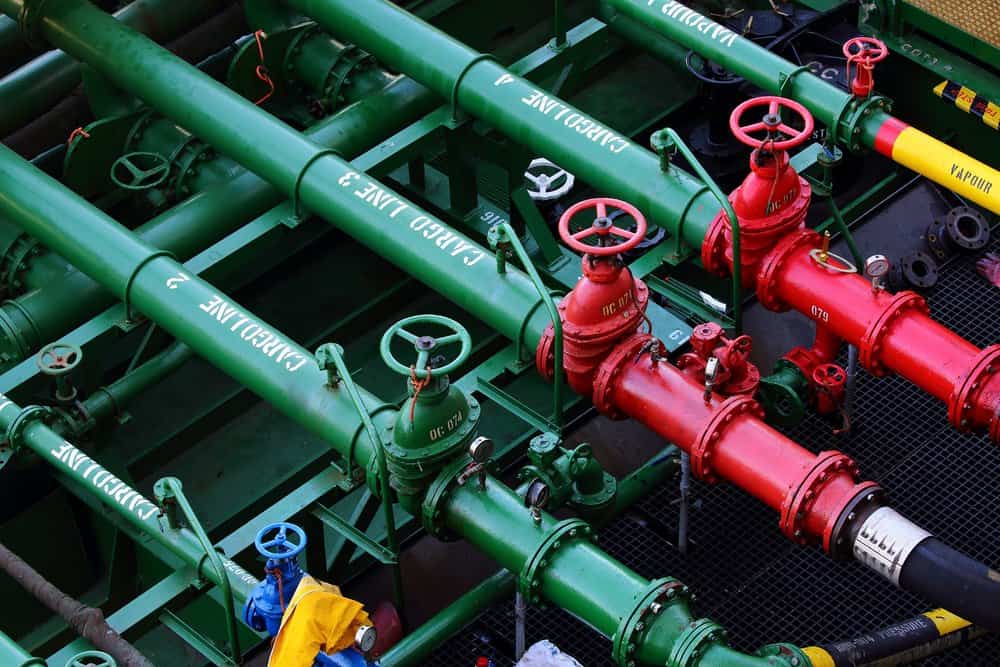
The start of the IMO 2020 regulation is just nine months away, but it’s still too early to tell the level at which vessel owners and operators will comply with the law and how well countries will enforce it – both of which will affect the price of bunker fuel for ships.
That compliance-enforcement dynamic was included in a new forecast from the U.S. Department of Energy’s Energy Information Administration (EIA) on the IMO 2020 regulation, which begins on January 1, 2020 and will require vessels burn fuel that contains 0.5 percent sulfur or less. For ships that plan to comply by purchasing low-sulfur fuel mixes – or naturally low-sulfur distillates – fuel bills are expected to initially surge until supplies begin to adjust to the market demand.
But according to the latest EIA forecast, released on March 28, while many large commercial port and maritime authorities around the world say they intend to enforce IMO compliance on vessels entering their waters, penalties or costs of non-compliance vary widely, which could ultimately affect fuel prices.
“If the costs of complying exceed the penalty for non-compliance or if the risks of enforcement are low, then use of high-sulfur marine fuels may continue in larger quantities than expected past 2020,” the report stated. “Conversely, if the penalties for non-compliance and the risk of enforcement are high, then the continued use of high-sulfur marine fuels may be much lower than expected past 2020. For these reasons, changes in the rate of compliance and enforcement have significant influence on market outcomes because of the IMO 2020 rules.”
Vessel owners are concerned not only about the effects of varying levels of compliance on the supply and demand of low and high-sulfur fuel, but also about how “cheaters” could affect competition.
“The [shipping] industry has been asking us how we’re going to enforce against shipowners who continue to burn high-sulfur fuel, while others buy more expensive fuel” to ensure they’re compliant, a U.S. Coast Guard source told FreightWaves. “But the [International Maritime Organization] hasn’t yet resolved the guidelines on that.”
To help increase compliance certainty, beginning in March 2020 the IMO will ban ships from carrying non-compliant, high-sulfur bunker fuel unless the ship has a scrubber system installed in its smokestack.
To put the effect of the IMO 2020 regulation into perspective, the EIA projects the share of high-sulfur (residual) fuel consumed by vessels participating in the U.S. ocean-going bunker fuel markets will drop from 58 percent in 2019 to 3 percent in 2020, and then rebound to 24 percent in 2022. It estimates the use of distillates in lower-sulfur bunker fuels will increase distillate’s share of U.S. bunker demand from 36 percent in 2019 to 57 percent in 2020, and then decline to 29 percent by 2025. The agency expects the fuel-pricing shifts to begin as early as mid-to-late 2019.
Trucking markets are concerned that the higher demands made on distillates could eat into the supply of diesel fuel, causing a spike in truck fuel prices.











